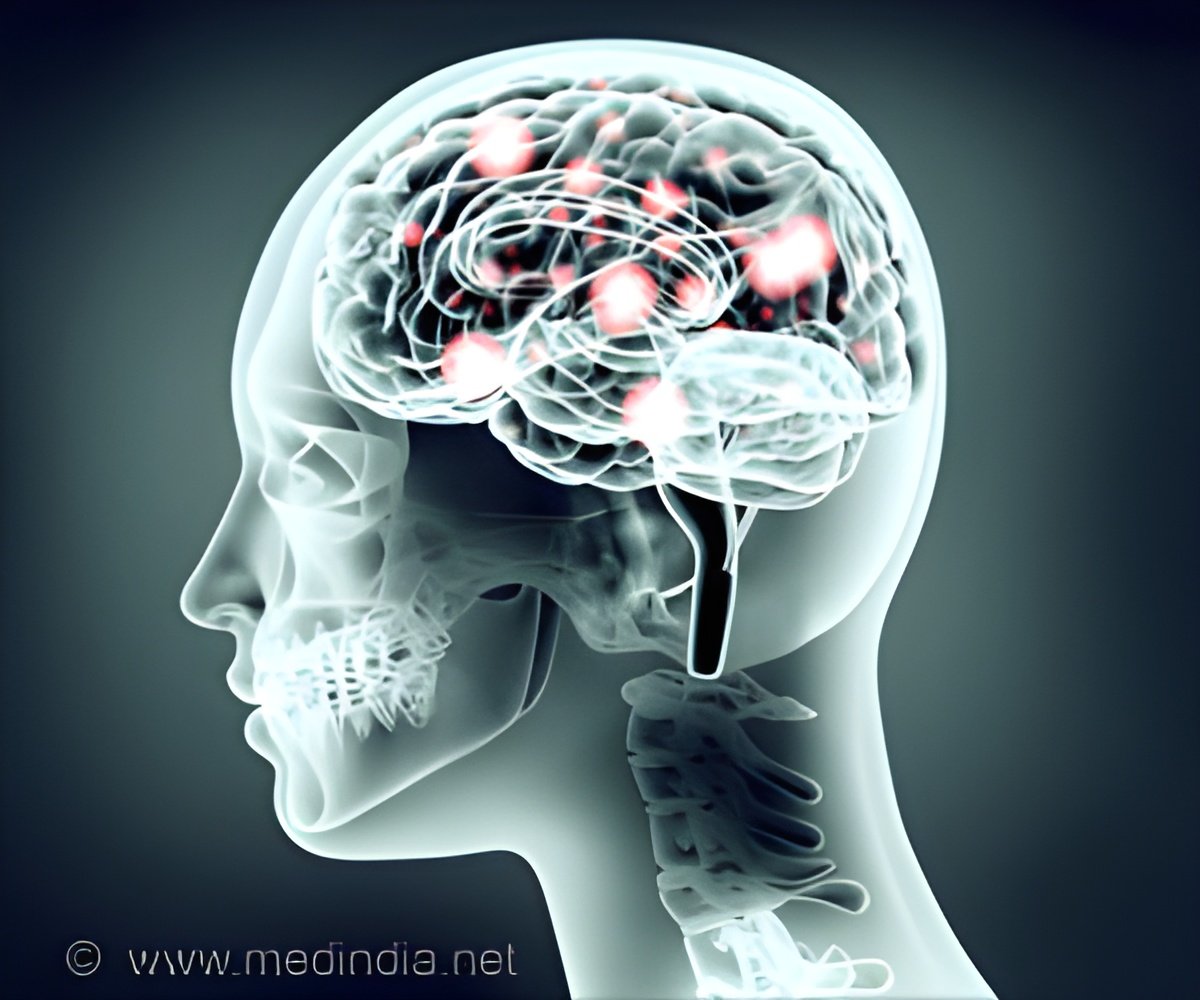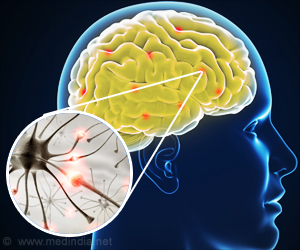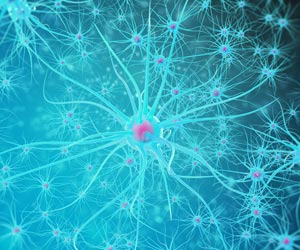A group of proteins that help to regenerate damaged nerve cells has been identified by scientists.

TOP INSIGHT
Although the ability to grow is inhibited in adult cells, the neurons keep the disposition for growth and regeneration.
Juvenile growth talents
In fact, neurons only show their growth talent during embryonic development. At this stage, they form long projections (called "axons") in order to connect and thus transmit signals. However, the ability to grow and thus regrow after injury dwindles when the nervous system reaches the adult stage. Only neurons of the "periphery", e. g. those in the arms and legs, retain a pronounced potential for mending damaged connections. However, if axons in the spinal cord are severed, they do not regrow: Consequently, the pathway for nerve impulses remains disturbed. This can cause paralysis and other serious disabilities.
A special protein family
"For quite some time, we have been wondering whether it is possible to reactivate the processes which manifest in the early developmental phase. This could be a way to trigger regeneration in adult neurons," Sebastian Dupraz said, a postdoctoral researcher in Bradke's lab and a leading author of the current study. In recent years the Bonn scientists identified various factors that influence the growth of neurons. Certain proteins - those of the "cofilin/ADF" family - proved to play a pivotal role: During embryonic development, these molecules control the formation of cell protuberances that ultimately evolve into axons. "In our recent study, we found that it is precisely these proteins that drive growth and regeneration, also in adult neurons," Dupraz said. Molecular dissolution
The neurons examined belonged to the "dorsal root ganglion". This is a bundle of neurons that interfaces the spinal cord with the peripheral nervous system. The cells located there each have two axons: a central and a peripheral. The peripheral axon can regenerate after damage. It has long been known that the central axon can also regrow; but only if its peripheral counterpart has previously been lesioned. "Why the sequence is like this is still not exactly known," Bradke said. "We will be looking into this in the future."
Step by step, the Bonn scientists are trying to understand what makes neurons grow and regenerate. It is a lengthy process. Bradke is therefore dampening expectations of rapid progress in the treatment of spinal cord injuries. "We do research in order to set the basis for future therapies. But sadly, you have to be patient until new treatment approaches develop. That's a long way to go," he said.
Source-Eurekalert
 MEDINDIA
MEDINDIA




 Email
Email







